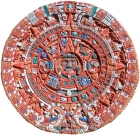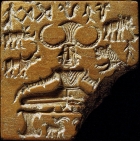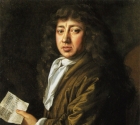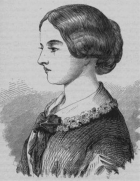Chronological Understanding
Sequencing, events, stories, pictures and periods over time to show how different times relate to each other and contribute to a coherent understanding of the past. You don’t have to teach topics in chronological order but need to relate the topics you teach to their chronological context.
Sort by:
Date (Newest first) | Title A-Z
Show:
All |
Articles |
Podcasts |
Multipage Articles
-

How do pupils understand historical time?
ArticleClick to view -

How to teach chronology
ArticleClick to view -

Ideas for Assemblies: historical events
ArticleClick to view -

Investigating the Indus Valley (2600-1900 B.C.)
ArticleClick to view -

KS1: Teaching about significant individuals
ArticleClick to view -

Learning about the past through toys and games
ArticleClick to view -

Learning to engage with documents through role play
ArticleClick to view -

Little coins, big histories
ArticleClick to view -

Making the most of a visit to the Museum of London Docklands
ArticleClick to view -

OFSTED, primary history and creativity
ArticleClick to view -

Our Iron Age challenge
ArticleClick to view -

Place-names and the National Curriculum for History
ArticleClick to view -

Poverty in Britain: A development study for Key Stage 2
ArticleClick to view -

Pride in place: What does historical geographical and social understanding look like?
ArticleClick to view -

Primary History and planning for teaching the Olympics - four curricular models
ArticleClick to view -

Pull-out Posters: Primary History 68
ArticleClick to view -

Pull-out Posters: Primary History 69
ArticleClick to view -

Recorded webinar: How has warfare changed over time?
ArticleClick to view -

Resources for courses: ideas for your history curriculum
ArticleClick to view -

Searching for the Shang in Shropshire
ArticleClick to view

